
New study details economic impact of U.S. waterways industry
Written by Nick Blenkey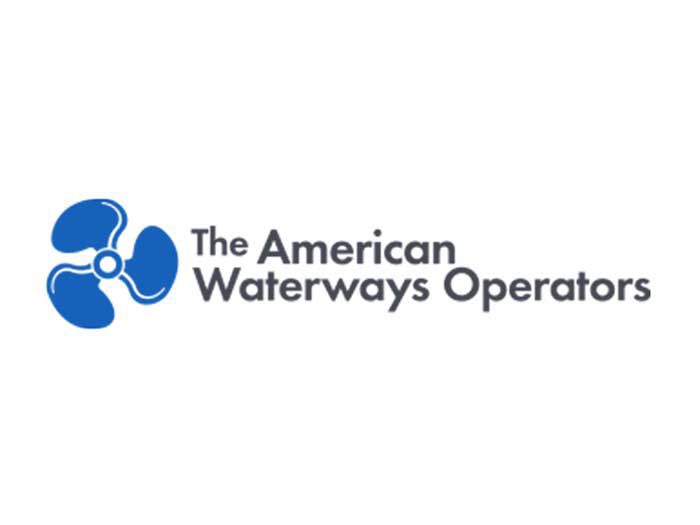
JULY 24, 2017 – The American Waterways Operators has released a new study that documents the contribution that the American tugboat, towboat and barge industry makes to the U.S. economy.
The study, developed through a cooperative agreement between AWO and the Maritime Administration (MARAD) and conducted by PricewaterhouseCoopers, explores the industry’s economic contributions to employment, gross domestic product, and taxes at the national and state levels; details the types and quantities of vital commodities transported on American waterways; and compares waterborne transport to other modes of freight transport in terms of efficiency, environmental impact and public safety.
One indication of the industry’s size that emerges from the study is that in 2014, there were 5,476 tugboats, towboats, and push boats and 31,043 barges operating on the U.S waterways.
The study estimates that, in 2014, the industry spent a total of $2.2 billion on new capital assets including new vessels, structures, and equipment, adding 66 new or rebuilt tugboats and towboats and 656 new or rebuilt barges to the fleet. In addition, the industry placed orders with U.S. shipyards for 24 new tugboats and towboats and 10 new oceangoing barges in 2014,
Highlights from the PricewaterhouseCoopers study include:
Jobs and GDP. The tugboat, towboat and barge industry supports over 300,000 jobs nationwide – including 50,000 in the industry itself, 38,000 of which are on board vessels – and has a total annual impact on GDP of $33.8 billion.
Cargo moved. The industry annually moves more than 760 million tons of cargo that fuels the American economy, including critical commodities like petroleum, agricultural products, chemicals, coal, and manufactured goods.
Efficiency and environmental benefit. One inland dry cargo barge can haul 1,750 tons of dry cargo, the equivalent of 16 bulk rail cars or 70 tractor trailers, with greater fuel efficiency and fewer greenhouse gas emissions.
AWO President & CEO Tom Allegretti commented:
“AWO could not be prouder to unveil this PricewaterhouseCoopers study thoroughly quantifying what the dedicated men and women who make up the tugboat, towboat and barge industry have long known, from decades of first-hand experience —The extent to which maritime freight transport serves as a critical pillar of the American economy. We are especially pleased to have partnered with MARAD to produce this invaluable resource, and we look forward to using it to educate policymakers, the media, and the public about the role this industry plays in fueling our nation’s prosperity.”
MARAD Executive Director Joel Szabat commented:
“The maritime industry enables the movement of goods and cargo quickly, efficiently, and at low cost between producers and markets along our nation’s waterways. Waterborne commerce opened up our nation to trade and helped transform a fledgling democracy into the economic superpower it is today. Energy efficient water transport continues to play a pivotal part in our nation’s transportation system and helps make America’s economy more competitive.”
Read the PricewaterhouseCoopers study HERE
.

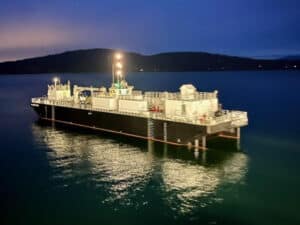
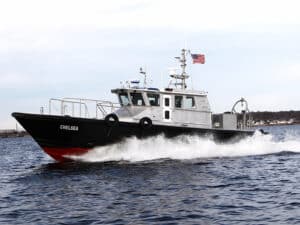
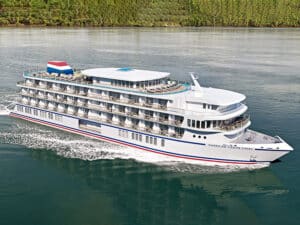
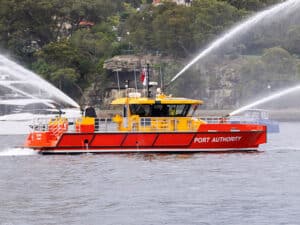
Leave a Reply
You must be logged in to post a comment.